User Case Study:
Maplesoft Engineering Solutions team helps FLSmidth develop revolutionary mining equipment
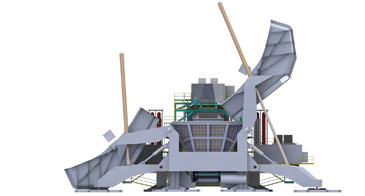






Challenge
FLSmidth wanted to develop a very complex machine that could revolutionize the mining industry by reducing the costs associated with fuel, vehicle maintenance and infrastructure.
Solution
FLSmidth worked with Maplesoft’s Engineering Solutions team to create a high-fidelity multi-domain model of the machine, and identify any potential problems with the system design in advance of production.
Result
Working with Maplesoft, FLSmidth designed a fully functional model of the Dual Truck Mobile Sizer (DTMS). Learning about potential problems early in the design stage allowed the project to stay on track. Knowing that the DTMS will function correctly the first time in the field will save millions of dollars in both production and redesign costs.
In the mining industry, processing plants are generally constructed on the site of extraction. Mined ore gets transported by super-heavy duty trucks to the plant, where it gets crushed into smaller sizes before being stockpiled, or transported offsite for further processing. Besides the ore, the mine typically has to move four times as much overburden as ore. Big mines typically have to move 700,000 tonne of material per day. As the mine gets larger, the trucks have to travel longer distances to deposit their load, resulting in significant increases in the cost of fuel and vehicle maintenance.
To address this problem, FLSmidth engaged the services of the Maplesoft Engineering Solutions team to develop design and analysis tools that would help them design a Dual Truck Mobile Sizer (DTMS) - an innovative machine that can be relocated throughout a project, as the haul distances increase.
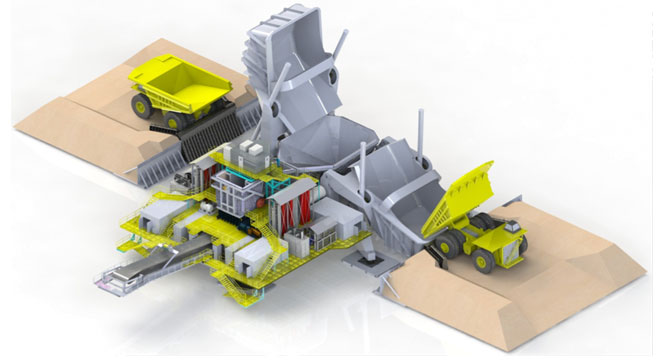
- Complex projects involve multiple design groups working on different subsystems which are later integrated together
- System-level modeling provides early identification and correction of integration issues before they become expensive problems
- MapleSim is tightly integrated via API commands to Maple, enabling complex multidomain models to be analyzed and optimized
- Multidomain system-level studies of the DTMS provided early insight into its overall dynamic behaviour, leading to the implementation of significant improvements in its structure and dynamic response
- MapleSim and Maple were invaluable tools for early system design and analysis
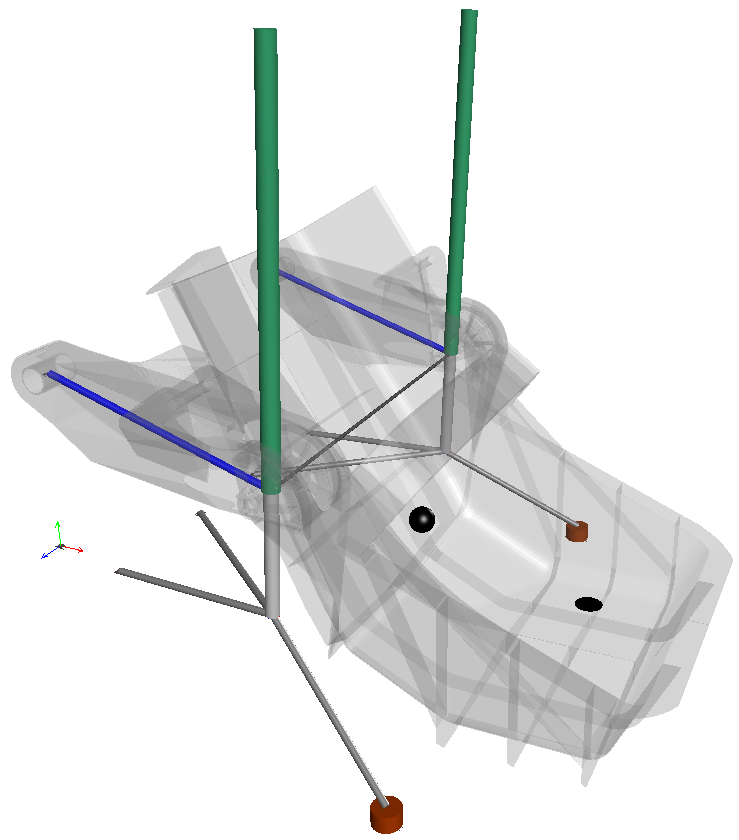
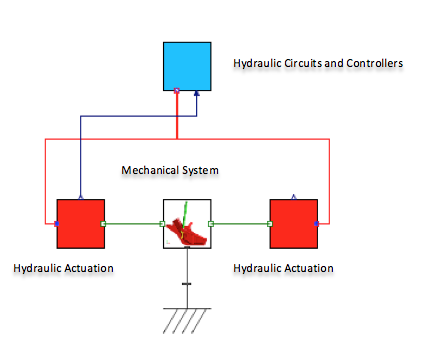
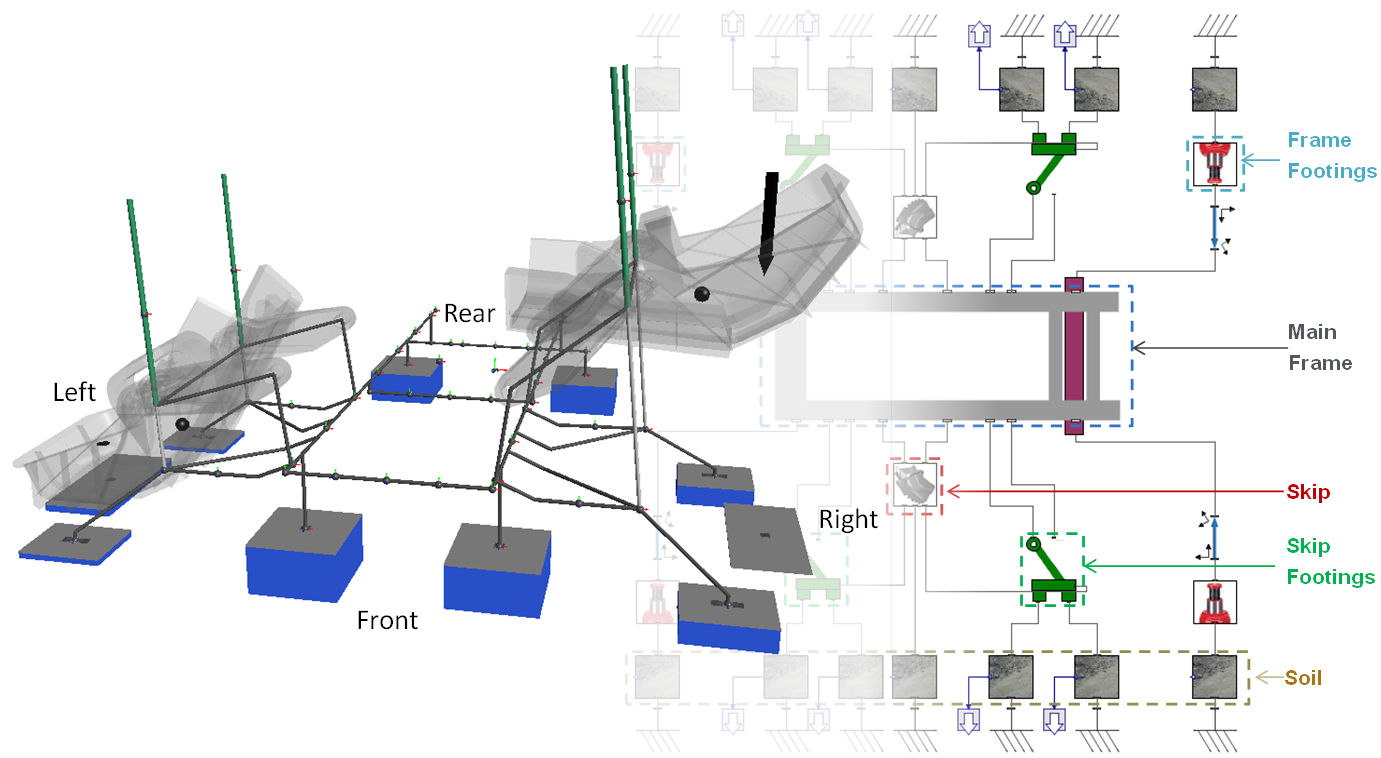
 Contact Maplesoft to learn how MapleSim can help with your projects
Contact Maplesoft to learn how MapleSim can help with your projects
Resources
Download Whitepaper
Watch Recorded Webinar